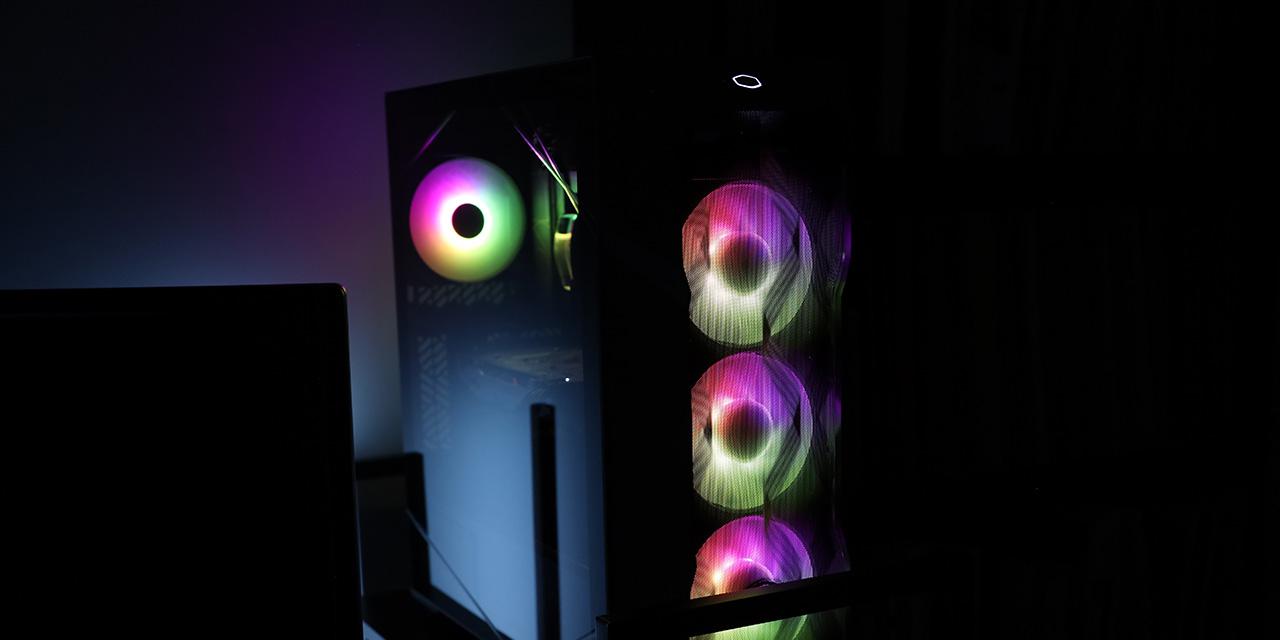|
From X-bit Labs: Advanced Micro Devices this week significantly lowered prices on its inexpensive desktop offerings, including previous-generation Fusion A-series accelerated processing units (APUs) as well as various Athlon II central processing units (CPUs). The price-cut should better position AMD on the market of entry-level processors ahead of the holiday season. The price slashes on AMD A-series APUs for FM1 mainboards varied between 4.4% on A8-3870K (now costs $91) and 21.6% on A4-3300 (now priced at $36). Surprisingly, AMD even reduced the official price of AMD A4-5300 (3.4/3.6GHz, 1MB L2 cache, Radeon graphics, 65W) chip, which is based on the new Piledriver micro-architecture and designed for the latest FM2 motherboards. The reduction of prices should help AMD to compete against Intel Pentium and Celeron processors with Sandy-Bridge micro-architecture. AMD A-series chips cost from $36 to $122 in 1000-unit quantities; the official AMD A-series APU pricing is published on AMD’s web-site. AMD was more aggressive with price-cuts on its AMD Athlon II processors in aging AM3 form-factor. The reductions fluctuated from 14.5% on Athlon II X3 455 (now priced at $65) to whopping 31.6% on Athlon II X4 640 (now costs $67). Given the fact that the Athlon II line includes numerous triple-core and quad-core microprocessors, the price-slash should be helpful to drive multi-core microprocessors into the hands of educated customers with tight budgets and will again put pressure onto Celeron and Pentium products from Intel. AMD’s Athlon II chips cost from $47 to $87 in 1000-unit quantities. Official Athlon II processor pricing is available on the company’s web-site. According to Mercury Research, for the first time in several years the share of AMD’s microprocessors on the x86 market dropped to 16.1% in the third quarter of 2012 from 18.8% in Q3 2011. Market share of Intel increased to 83.3% in Q3 2012, up from 80.6% in the same quarter a year before. It is noteworthy that Intel gained on AMD mostly in desktops thanks to the roll-out of Intel Core i-series 3000-family “Ivy Bridge” microprocessors that started in April, 2012. At the time, AMD virtually had nothing to compete with against its arch-rival in Q3 2012 as it A-series “Llano” chips and FX-series “Bulldozer” central processing units were either slow or suffered from low supply of mainboards. The price-slash should give AMD an opportunity to fight back the unit market share from Intel. View: Article @ Source Site |
 |
AMD Substantially Cuts Prices on Entry-Level Desktop Chips
© Since 2005 APH Networks Inc. All trademarks mentioned are the property of their respective owners.





